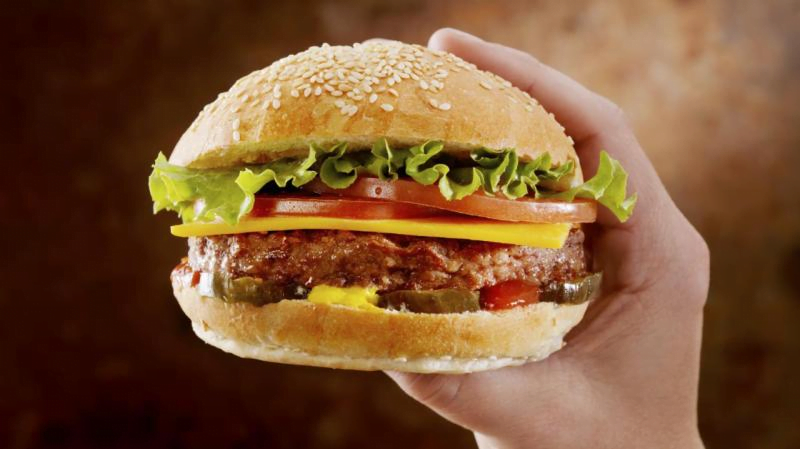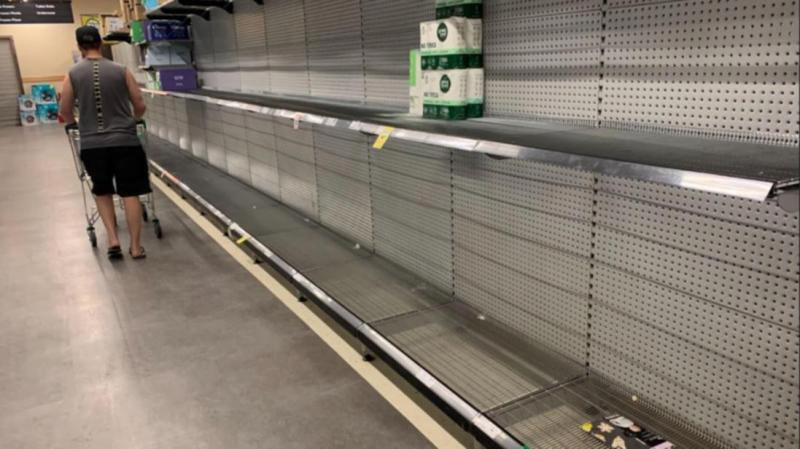Farmer Colin Harper was frustrated with his lack of control over the prices of his lambs when selling them. In order to address this issue, the farmer from southern New South Wales made the decision to bypass the traditional method of selling at saleyards and instead process and directly market his own lamb to consumers.
According to Mr. Harper, farmers should be the ones setting the price for their products, and supermarkets and butchers should adjust accordingly. However, he believes this is not the case and that the price of lamb in major supermarkets does not accurately reflect the costs involved in the supply chain.
Retailers often attribute the rising lamb prices to factors such as wage costs, electricity price increases, and rent hikes. Mr. Harper, however, sees these claims as convenient excuses used to justify higher prices, dismissing them as mere hype.
Livestock agents, who play a crucial role in marketing farmers’ lambs, are also puzzled by the current price disparity between saleyards and retailers. The market at Wagga Wagga, Australia’s largest sheep and lamb selling center, has been unpredictable, with a decrease in supply leading to higher prices. Despite this, the National Trade Lamb Indicator from Meat and Livestock Australia shows a year-on-year drop in lamb prices by nearly $2 per kilogram.
This discrepancy leaves some farmers feeling upset and confused about why they are receiving significantly less payment for their lambs compared to the retail prices. For instance, at Wagga Wagga, a pack of seven lamb cutlets was priced at $32.47, or $43 per kilogram.
In contrast to the current situation, Mr. Harper sets his lamb prices based on saleyard values rather than what other stores charge. He has maintained his prices at a competitive level since entering the retail market over two years ago, without any increases. He recently acquired a local butcher shop in Temora, emphasizing his belief in the profitability of the meat business and the benefits of setting his own prices.
Alicia Close, an established butcher, stated that reduced livestock prices have minimal impact on the operating costs of her Muswellbrook business. Despite the rising expenses of electricity, rent, insurance, workers’ compensation, and dry goods, Close has tried to delay adjusting her prices as much as possible.
While major supermarkets like Coles and Woolworths were contacted for comment regarding their lamb prices, Woolworths highlighted their commitment to offering fair prices to both customers and farmers. They mentioned that the reported livestock prices from Meat and Livestock Australia are overall averages and may not reflect the actual prices paid for premium lamb within their supply chain. Woolworths provided an example of their lamb leg being on special at $12 per kilogram.
Similarly, Coles mentioned that retail shelf prices are influenced by various factors, including the price of livestock. They stated their ongoing investment in providing value to customers and highlighted a price reduction of their Coles Whole Lamb Leg Roast from $15 to $12 per kilogram, representing a 20 percent saving.
For the latest retailer news and information, check out the IndiHub website or to speak to us on how we can help your business contact us.


